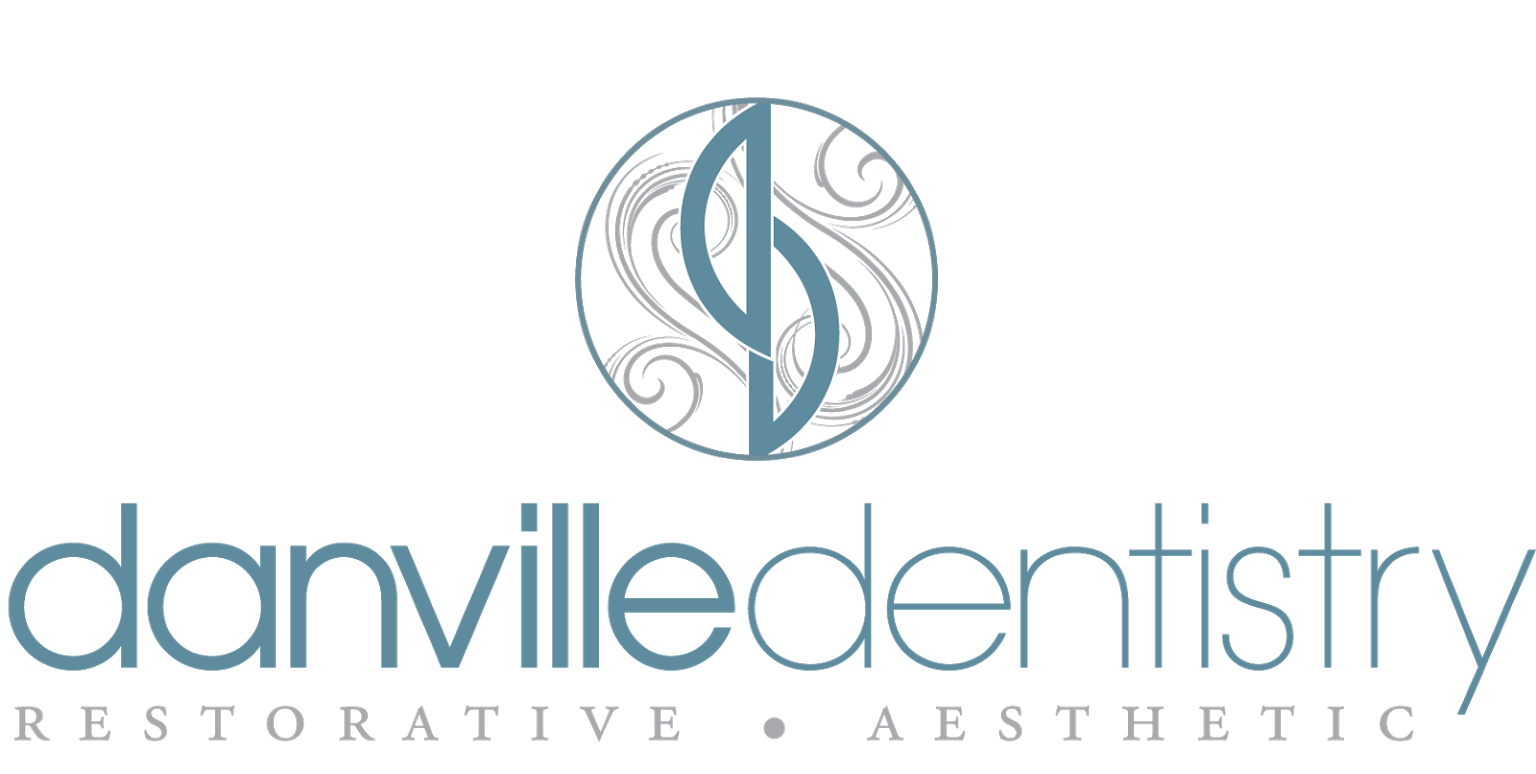Periodontal Disease & Treatment
Detailed Periodontal Evaluation
A periodontal evaluation involves a thorough analysis of the foundation supporting one’s teeth which includes the bone and gum tissue. There are multiple ways to evaluate this support. A periodontal probing allows us to measure the distance from the crest of the gum tissue (that closest to the tooth) all the way down to the base of the “pocket” where the gingival attachment to the tooth is found. In healthy mouths, these measurements should read between 1 and 3 mm. Increasing probing depths indicate gingival inflammation and/or bone loss. Proper dental radiographs are also imperative during the periodontal evaluation to be able to visualize bone defects and to identify and confirm the extent of subgingival calculus (or calcified bacterial plaque beneath the gumline).
Customized Dental Cleaning Plan
Based on the findings during the detailed periodontal evaluation, the type of cleaning needed to address a patient’s periodontal issues will be determined. If a patient has healthy probing depths (1-3 mm) and minimal bleeding, a dental cleaning called a “prophylaxis” is indicated. This is a service rendered once every 6 months and will effectively clean the plaque, calculus and stain at or above the gumline. When probing depths start to progress and deepen, it is often appropriate to try and shorten the interval between each prophylaxis to see if more frequent dental cleanings and work with one’s home care can help to reverse the early signs of periodontal disease. As probing depths continue to deepen and more obvious signs of periodontal disease are present or if significant calculus is noted or detected clinically beneath the gumline, a “deep cleaning” or “scaling and root planing” is indicated. A deep cleaning can be rendered throughout the entire mouth or in a localized area depending on need. Sometimes one’s periodontal disease has progressed to the point where we must refer the patient to a periodontist. A periodontist is a well-trained dental specialist who has advanced surgical and sometimes non-surgical techniques that can address one’s periodontal disease most effectively.
Deep Cleaning (Scaling and Root Planing)
A “deep cleaning” (also known as periodontal therapy or scaling and root planing) is indicated when probing depths have deepened to the point that the base of the pockets cannot be effectively cleansed with a routine dental prophylaxis treatment. A deep cleaning is a non-surgical treatment that can address an entire mouth or localized area of the mouth as is indicated. A deep cleaning most often involves numbing of the teeth and gum tissue in the area to be treated to facilitate patient comfort during the procedure. Generally, a deep cleaning yields minimal to no post-operative sensitivity.
Laser Treatments
Laser treatments are utilized in conjunction with a deep cleaning to optimize the healing of diseased gum tissue.
Site Specific Antibiotic Delivery
Sometimes a patient will have a localized deep probing depth that may be difficult to treat. After one’s cleaning, a powder antibiotic may be pressed beneath the gum tissue. This powder antibiotic will dissolve to the depth of the pocket and kill any remaining bacteria that may linger after the dental cleaning.
Laser Gingivectomy
In some cases, a patient may have excessive, bulky, or fibrotic gingival tissue that contributes to deeper probing depths (also known as “pockets”). In this case, it is sometimes best to remove the mass of tissue to better maintain one’s periodontal health. In our office, a diode laser is utilized for this procedure since it is a procedure that yields little to no post-operative sensitivity or bleeding.
Suffering from periodontal disease? Please call 925.837.7277 or contact us today

To schedule an appointment, please call our office or request an appointment online
Phone: 925.837.7277
Fax: 925.831.1876

